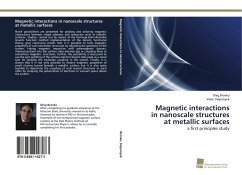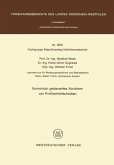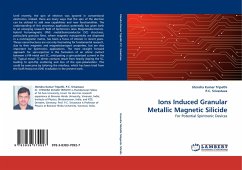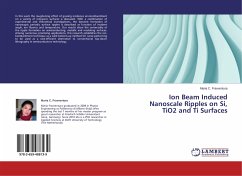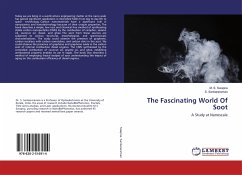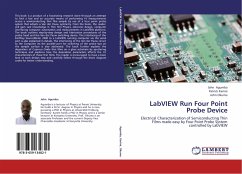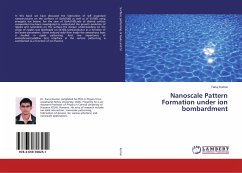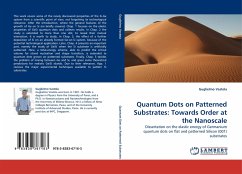Novel possibilities are presented for probing and tailoring magnetic interactions between single adatoms and nanoscale units at metallic surfaces. Studies, carried out by means of the Korringa-Kohn-Rostoker Green's function method implementation of the density functional theory, give conclusive proofs that it is possible to tune magnetic properties of sub-nanometer structures by adjusting the geometry of the system, linking magnetic impurities with paramagnetic spacers, immersing them into the surface state electron gas or coupling them to subsurface magnetic structures. Further, the possibility is discussed to use the spin splitting of the surface electron bound state peak as a novel tool for probing the exchange coupling in the system. Finally, it is shown that it is not only possible to resolve magnetic properties of small clusters buried beneath a metallic surface, but it is also quite feasible to determine the coupling of such buried structures to each other by studying the polarization of electrons in vacuum space above the system.
Bitte wählen Sie Ihr Anliegen aus.
Rechnungen
Retourenschein anfordern
Bestellstatus
Storno

